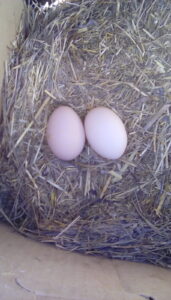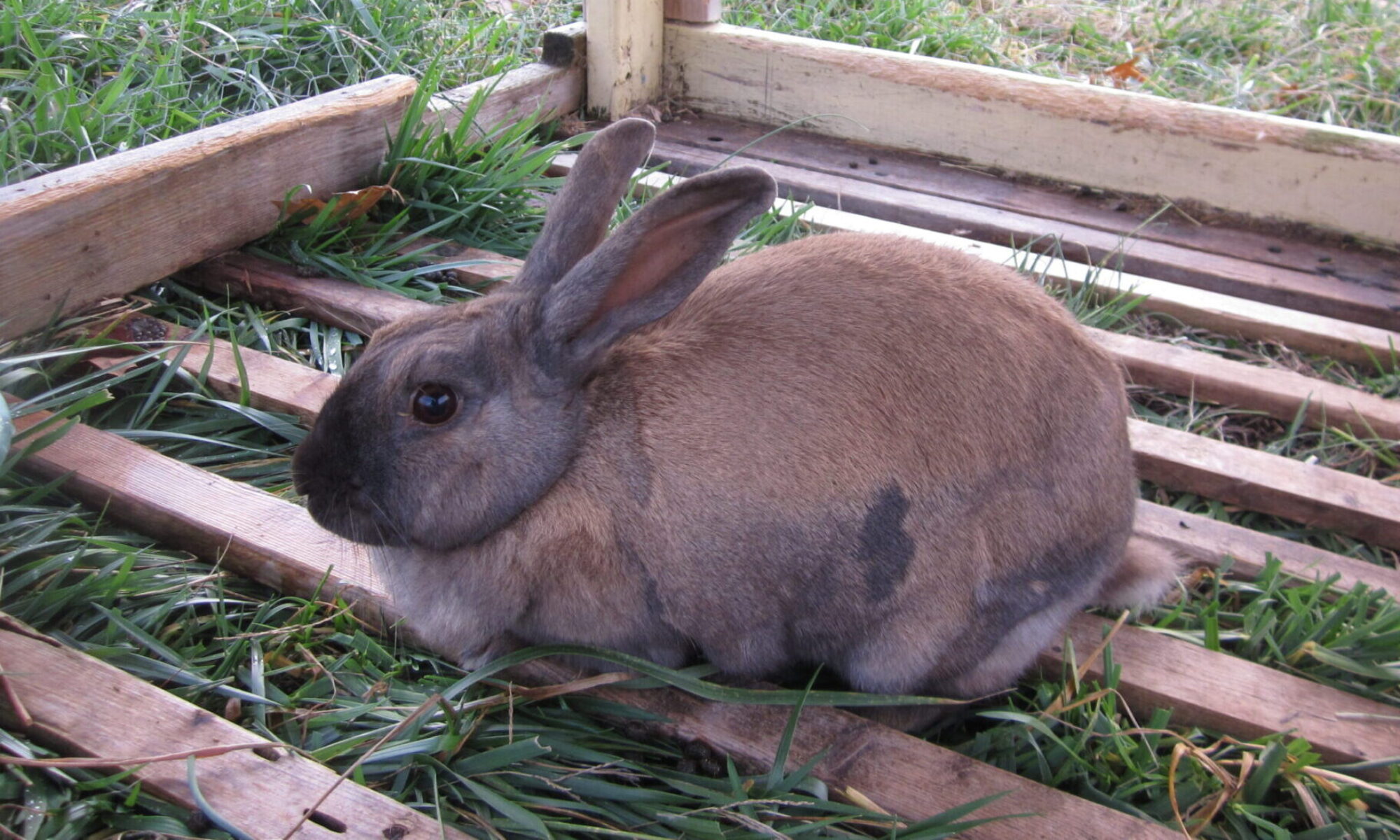Okay, so these baby chicks have grown up and you are starting to get eggs, possibly lots of eggs. You now have to think about the comfort and cleanliness of your nest boxes. How do you manage them and encourage the ladies (hens) to lay in the right spot and in a clean environment?

What Do The Hens Need?
-
- Hens like a dark place to lay their eggs: private, dark, preferably quiet. I put a cardboard liner at the bottom of the nesting box, minimum, preferably cardboard sides too. If you are finding eggs random places in the chicken yard or coop, privacy/darkness or access to a nesting box is probably the issue.
- I’ve heard ratios like one nest box to 5-10 hens. Our setup is 1 nest box to 8 chickens. We have four modified milk crate egg boxes in our ChickShaw for our 30-odd chickens
- I either replace nesting material or add some every 3-4 days. More often if you see droppings in the nest box. Just pinch some grass to pull out the chicken poo and toss it on the ground. We try to collect the eggs everyday late afternoon between 4-5pm and take a quick look at the nest box material and cleanliness.
Nesting Material
What kind of nesting material should you use? What do you have on hand?
We have used wood shavings (the kind you buy in a big compression bag), old hay, plain cardboard, and grass clippings.
My favorite of all of these is grass clippings. The wood shavings were too small and airy and too easy for the chickens to scrape out of the nesting box. Hay works pretty good, except I don’t have it on hand consistently. Grass clippings are everywhere in our yard. I have a yard sweeper, so gathering grass clippings is no problem. Or I could use a leaf rake to gather enough for the nesting boxes from a recent mowing.
I fill the nest boxes about 2/3 to 3/4 full of nesting material. The chickens will form it into a nest and push the material out and shape the space to be comfortable for them.
We do not use roll-away egg boxes (even though I have been tempted at times) because of the influence of Joel Salatin and his book The Marvelous Pigness of Pigs.
